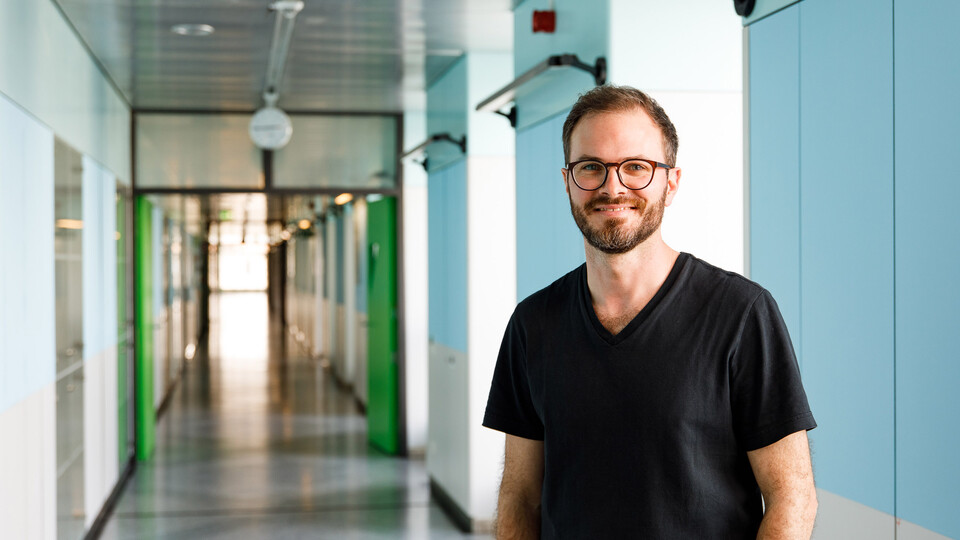
Anelloviruses – named after the Italian word for ‘ring’ due to their circular single-stranded DNA genome – are a family of ubiquitous viruses that infect vertebrates. Nearly all humans acquire these viruses shortly after birth and remain lifelong carriers. Anelloviruses are not known to cause disease in humans, making them commensal members of our virome. Despite their presence in various human samples, including blood, the study of anelloviruses is particularly challenging due to the absence of laboratory strains and experimental infection models.
In their newly funded project, Marco Hein and his team aim to unravel the cell biology of anelloviruses, from host-entry to viral transcription and release of newly assembled virus particles, using an innovative approach. “Our collaboration partner, the Görzer lab, has collected samples from organ transplant recipients, allowing us to gain a wealth of sequencing data on anelloviruses,” explains Marco Hein. “In the project, we aim to bridge biological scales by linking the diversity of viral sequences found in the human population to the functional behavior of the molecules they encode at the cellular level.” Mapping the viral sequences will provide the necessary groundwork for the development of a recombinant and experimental infection model. Given their commensal nature, engineered anelloviruses could potentially serve as vectors that evade degradation by the host's immune system, with exciting implications and opportunities for gene therapy. Notably, this grant marks the first major funding secured by the Hein lab since its establishment in November 2022.